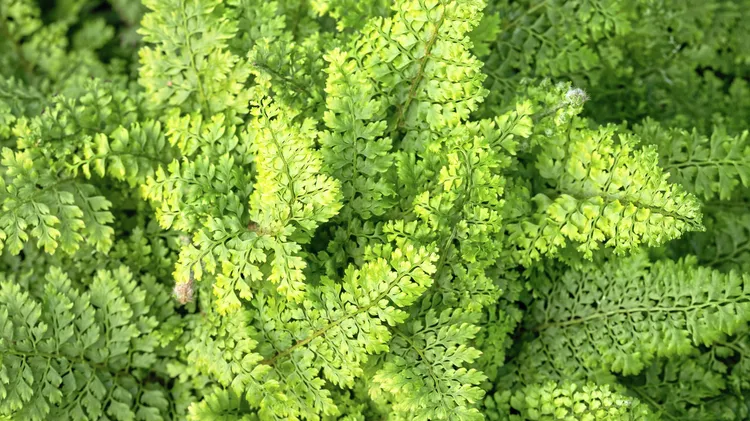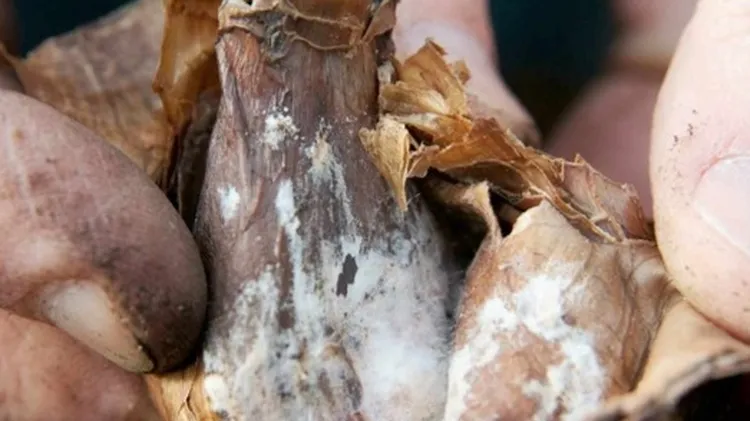Subtle grass-like sedges are perfect for adding texture and beauty in challenging
Carex
7 min read
This article is from...
Read this article and 8000+ more magazines and newspapers on Readly






